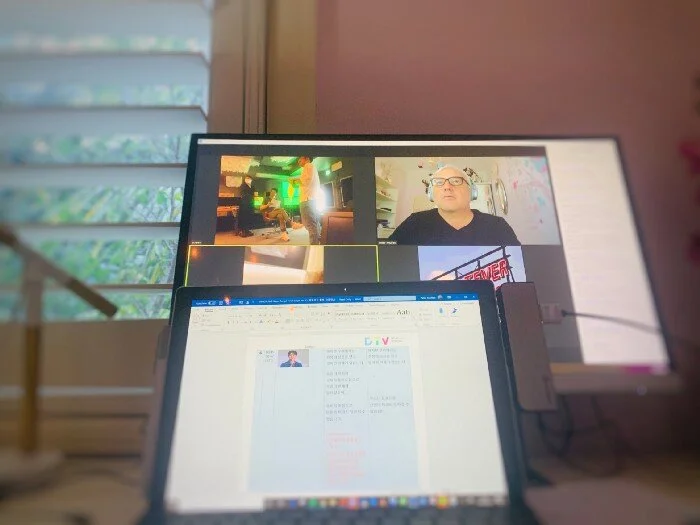Maybe the future is now
Much as we would all like some certainty, it’s pretty clear that we are not returning to anything like normal any time soon. That’s one way of looking at things. The other perspective is that this is where we are and will remain, a place where uncertainty becomes a new kind of normal.
As many countries emerge nervously from various states of lockdown, other countries, states and even individual cities are seeing the impact of emerging too soon. Caution and uncertainty are the order of the day. Predicting the future context and performance for fundraising is well nigh impossible. Instead, we want here to give you a brief snapshot of what we have seen, learned, and know with certainty.
· As the retail world re-opens in many countries, we expect to see an upturn on media spend from commercial organisations. This is likely to lead to an increase in media prices, albeit from an unusually low level.
Overall media prices remain low, and, in some markets, we are see higher than normal availability of pro bono spots.
In the meantime, we continue to see strong ROI and low CPA for a very wide range of causes across the 30+ countries where our clients are currently on air.
We continue to see successful new market entrants across the UK, Europe, India, South East Asia, and Australasia.
Our UK head of media, Chris Clarke, gives a brief insight into what is happening in the UK market:
‘Overall, across all TV impact figures are up 9% year on year but media revenue continues to be significantly down, -46% year on year. This is good news for media costs for our not-for-profit clients as it means audience costs per thousand are down significantly. There are signs that some commercial advertisers who had reduced or completely cut their spend are coming back to the market. But it is slowly and cautious. So we expect to see media prices remaining good value for the next couple of months at least.
Creative development and remote collaboration
Remote work continues to be the norm for us, and we will be in no rush for any of our teams to return to the office unless they wish to. Collaboration is working well, including creative teams working to develop new creative treatments.
To adapt to the travel-free nature of the current world, new creative is using almost exclusively existing footage or bought-in footage, although some causes are working to support their frontline teams in effective story and footage gathering.
Remote direction of live shoots has also been possible — with our CEO, Peter Muffett, based in Australia and directing a shoot in Korea thanks to the innovative use of multiple smart phones!
Remote direction of voice-overs has now become the norm.
What are donors doing?
With much research out there on donor attitudes and behaviour, we wanted to share some snippets (from UK-based research).
First from nfpSynergy. Dig beneath the doom-laden headline that the percentage of the UK public giving to charity appears to be at its lowest level for a decade, and you will find some positive notes! Of course, we know already that DRTV continues to perform well due to the well-established context of lower media costs, more home TV viewing, and people’s desire to feel connected and to help. The nfpSynergy research provides more detail in that:
Web and sms donations are at the highest levels since the nfpSynergy research began monitoring them. While this is not a huge surprise with so many people in lockdown, it will be interesting to see if this pattern remains post-lockdown.
The over-65s are least likely to have cut back on donations. This group is of course the core of many charity supporter groups, and may have seen much less fluctuation in income than other groups.
Average stated donation amount had risen, ie those continuing to give are giving more.
Meanwhile, also in the UK, the findings of a Charities Aid Foundation (CAF) Survey give us further detail:
While cash giving has rapidly declined, web and debit card giving have increased rapidly.
Donations to `Hospitals and hospices’ went up by 14 percentage points relative to the April average for 2017–19 (35% compared with an average of 21%), driven in part by people wishing to show appreciation for the work of the National Health Service.
Donations to children and young people were down, and likewise there was also a decline in giving for animal welfare and medical research (this is based on giving across all channels, but a trend we have not seen in DRTV).
Giving to overseas aid seems to be broadly unaffected so far, compared with 2019.


